Dock Street Theatre
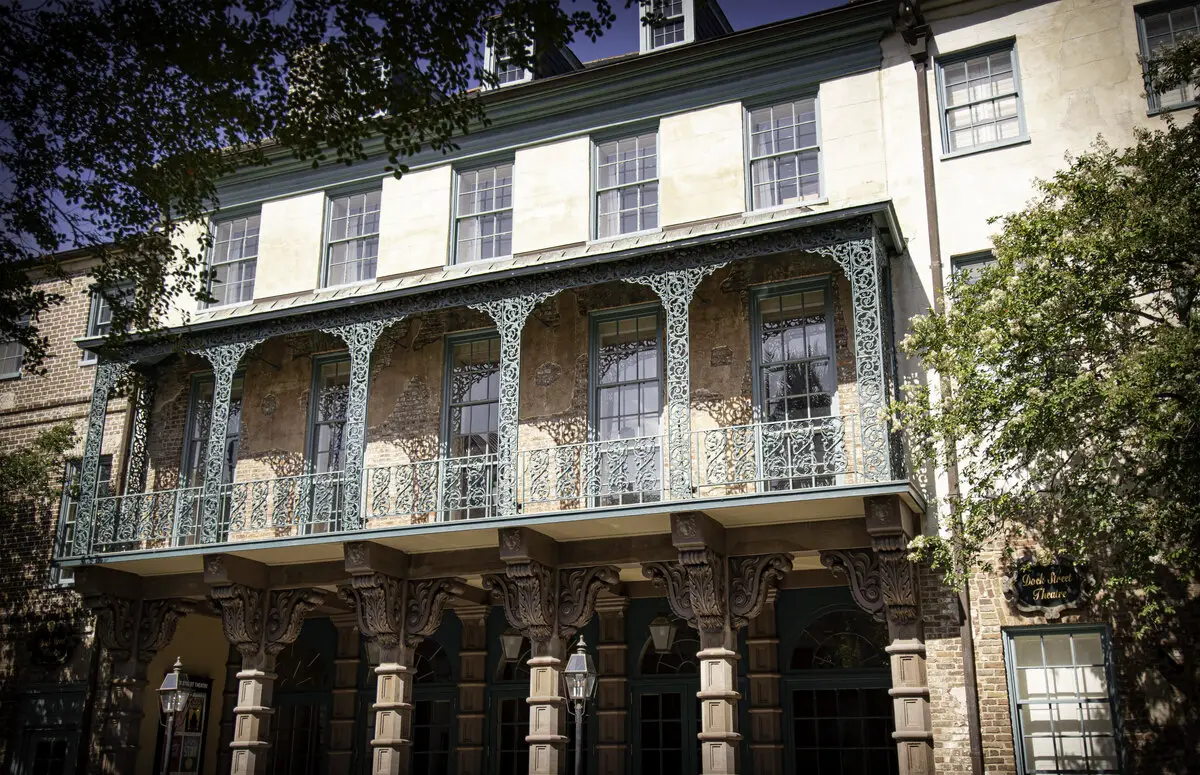
Hotel – theatre building in the historical center of Charleston. Constructed in 1809 and adorned with a wrought-iron balcony. This hotel was built on the site where the first theater building in the area of the United States was constructed in 1736. Reportedly a haunted place.
Old Slave Mart in Charleston
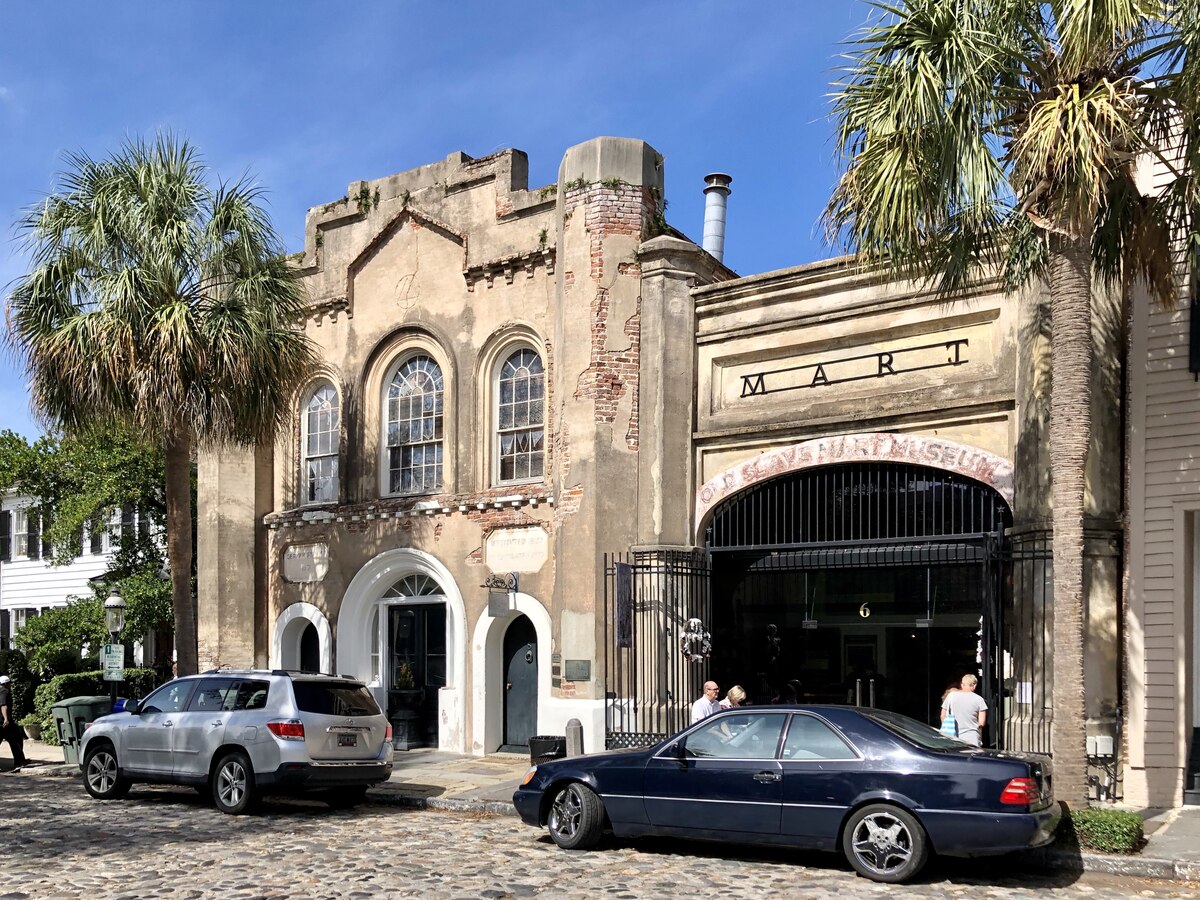
One of the last slave auction galleries in the United States. This historic building was constructed in 1859 and slaves were sold here until 1863. Now here is the Old Slave Mart Museum.
French Quarter in Charleston
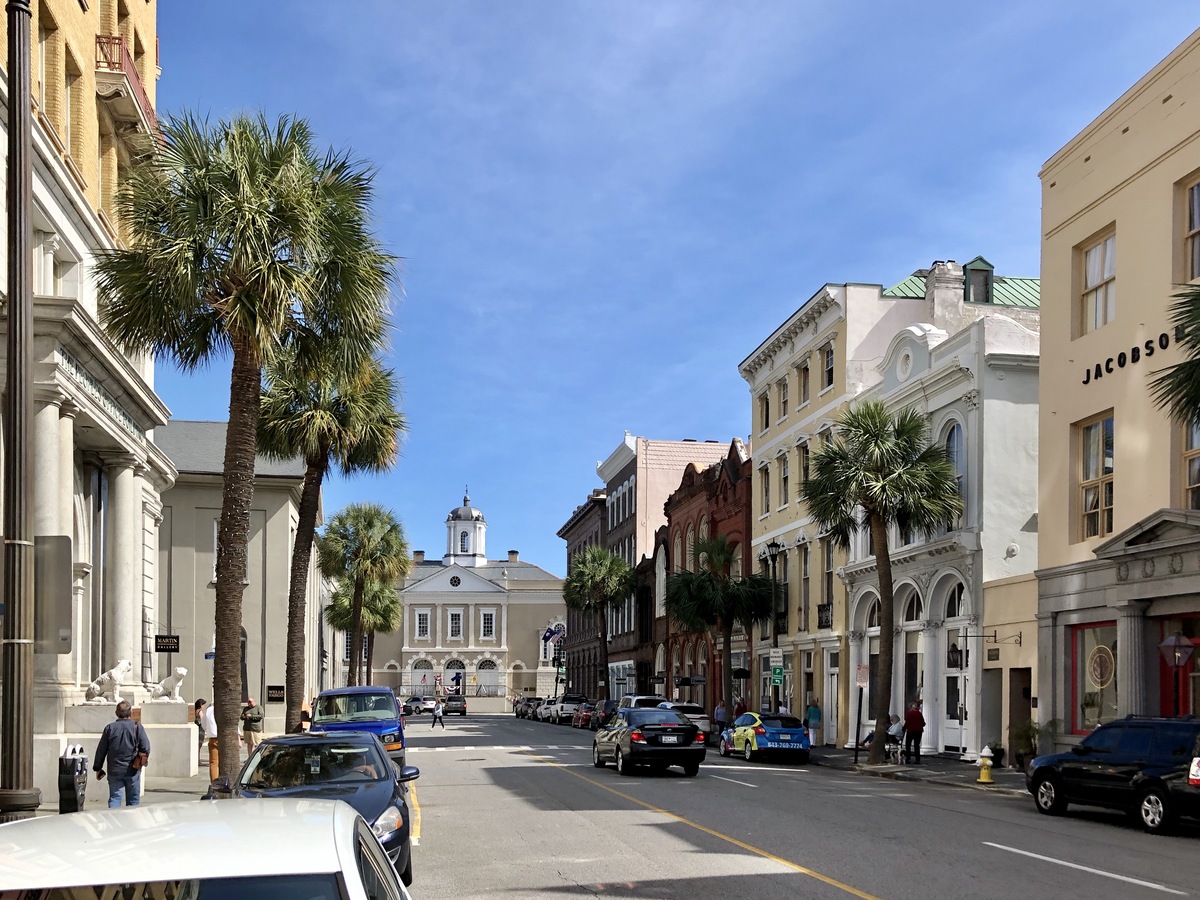
The oldest part of Charleston City has been settled since 1680 and initially was walled. The area has many historical buildings, the oldest could be the Pink House from 1712 (?).
Fort Sumter
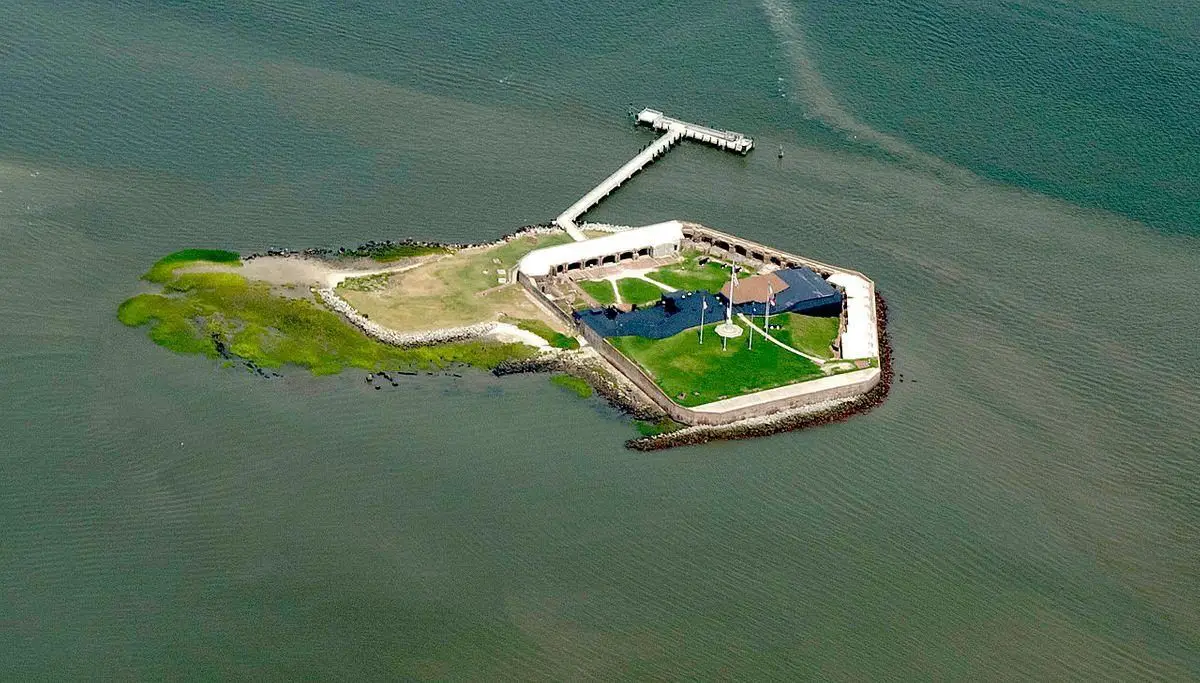
Sea fort – a fortified island at the entrance in Charleston port. Construction started in 1829 and was left unfinished on April 12, 1861, when the American Civil War started exactly here. A historical monument of major importance.
The Gray Man of Pawleys Island
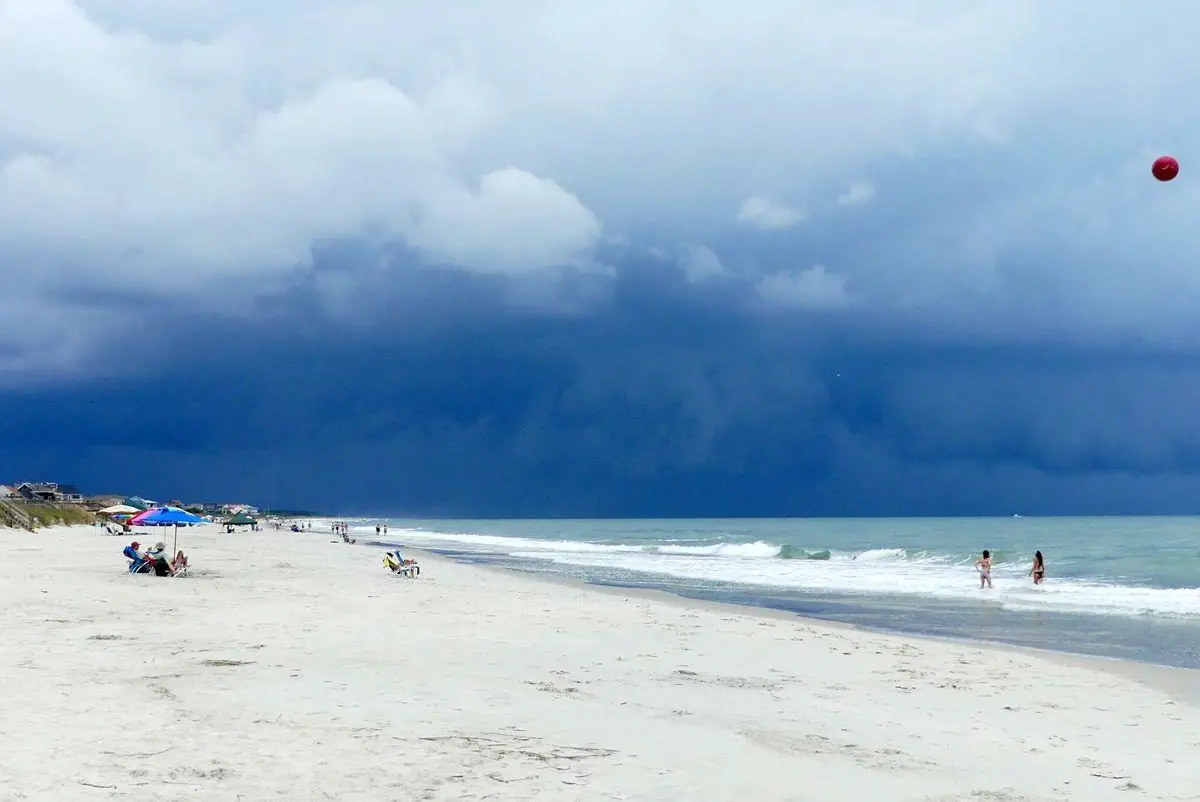
A ghost that, reportedly, is seen on the beaches of Pawley Island before hurricanes. It has been first reported in 1822 and has appeared many times, last in 2018 before Hurricane Florence. According to a legend, this is a man who perished in quicksand in the marshes at Pawley Island.
Lizard Man of Scape Ore Swamp
In abandoned areas of Lee country over the last decades is reported fearsome, approximately 2 – 2.1 m tall monster with lizard-like skin. This monster repeatedly attacked cars in events that resemble scenes from horror movies.
Lower Myra Falls
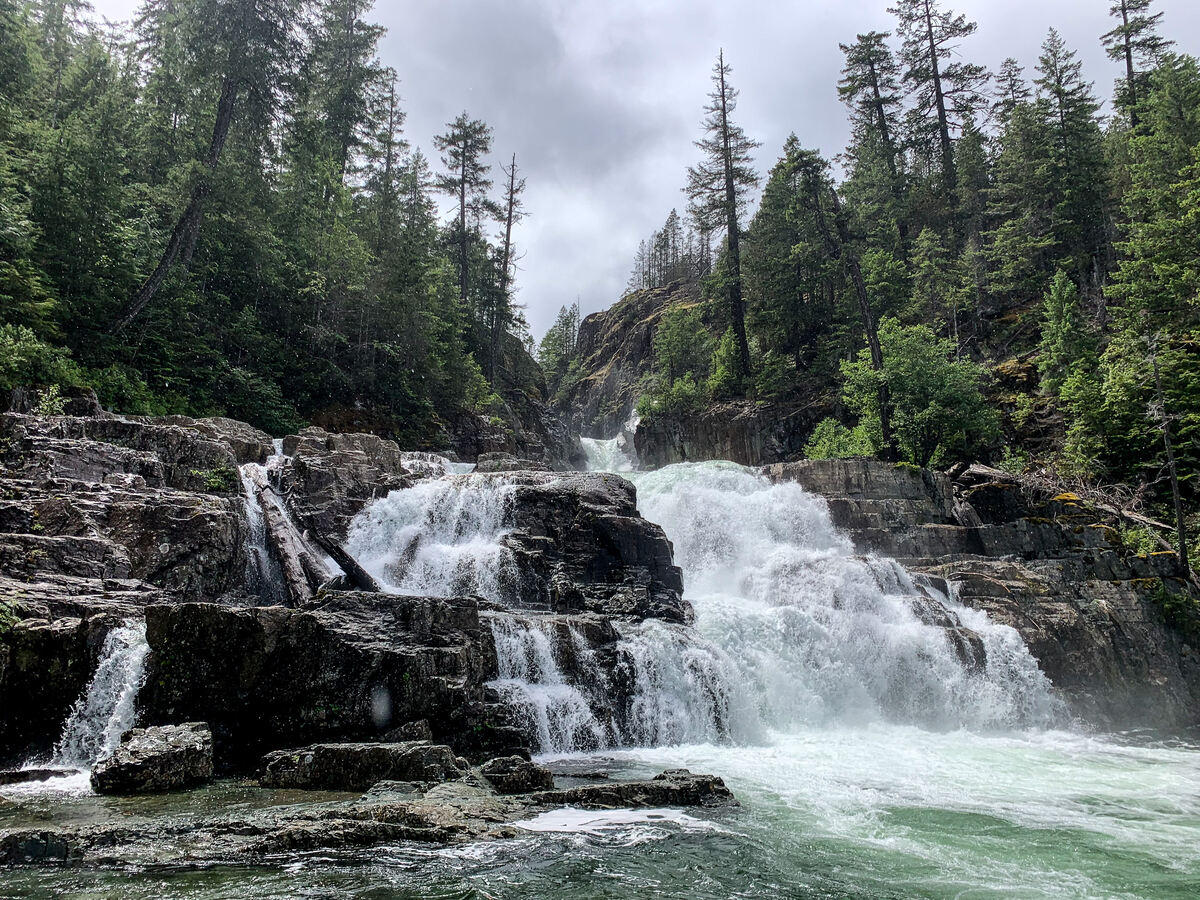
Approximately 50 meters high cascade. It consists of three larger drops and smaller plunges in between. Waterfall is located close to Buttle Lake and a fine view over the lake opens from the top of falls.
Upper Myra Falls
Beautiful, 23 m tall waterfall on Myra Creek. This is a horsetail waterfall that falls down along nearly vertical rock into emerald-colored plunge pool.
Rano Raraku quarry
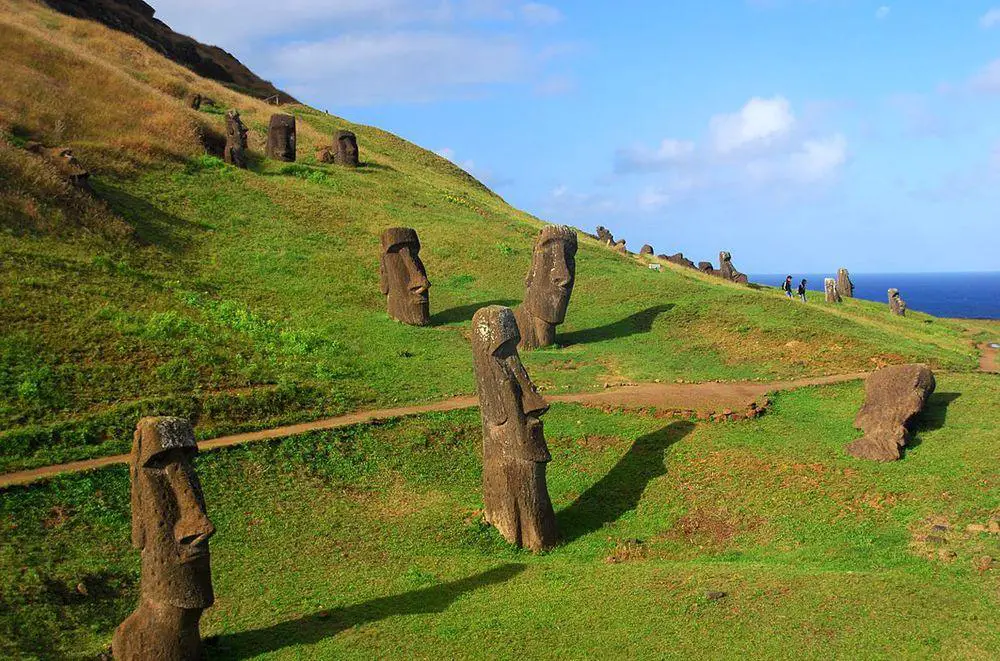
One of the visually most impressive megalithic monuments of the world. Rano Raraku in 1200 – 1700 AD served as a mine of moai. 397 sculptures are still located in situ, half-made, or left on the way to their destinations. Here is located the largest moai weighing 270 tons and 21.6 m tall, many times larger than any transported moai.
Terracotta Army
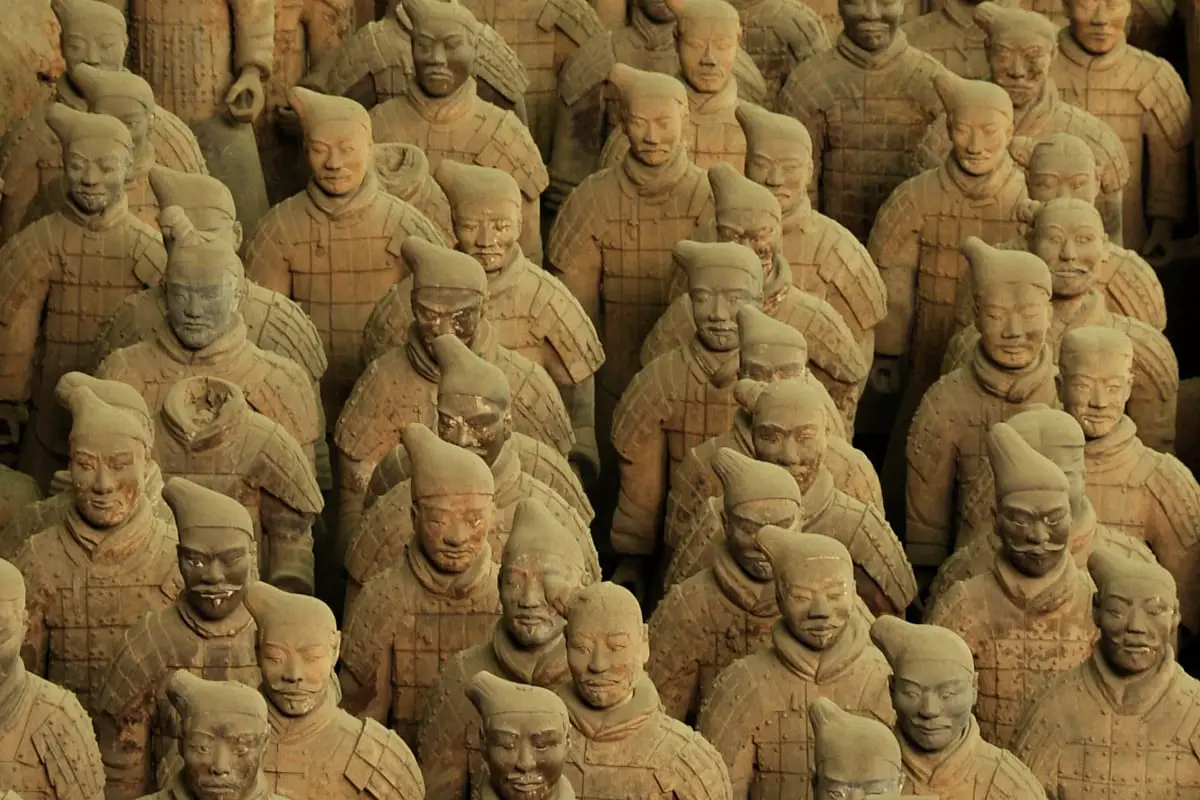
Unique monument of culture: buried terracotta sculptures – army soldiers near the mausoleum of the First Qin Emperor, made roughly at 210 BC. In total there have been buried more than 8,000 sculptures of soldiers, 130 chariots with 520 horses, and 150 cavalry horses, all made in live size and bigger, all depicting individual people.
